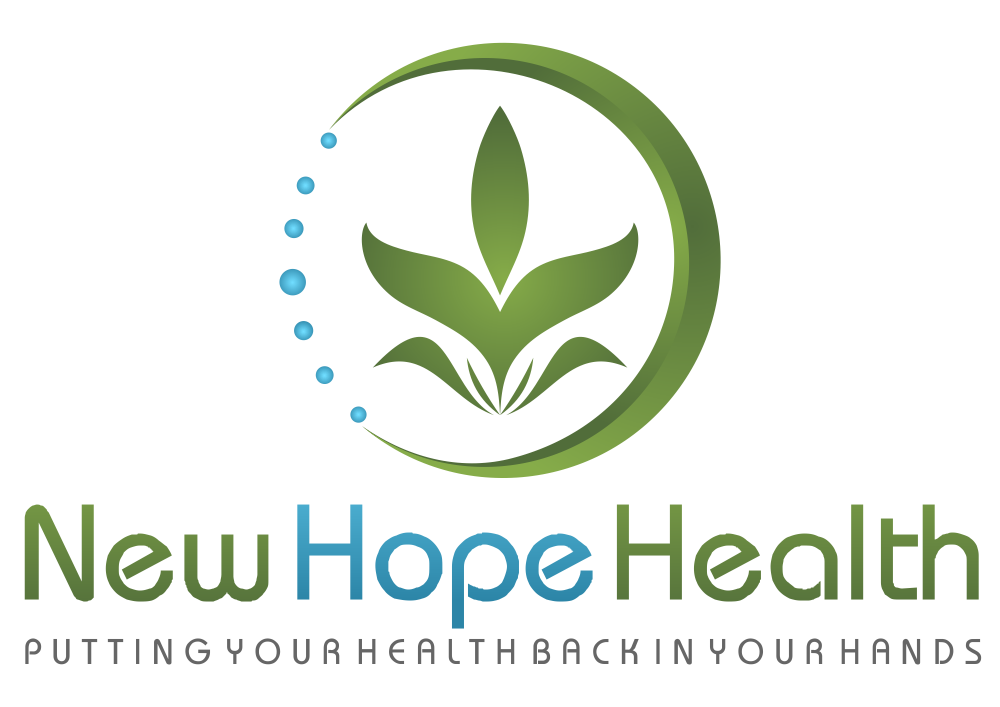
What does organic even mean?
To be considered certified organic through the United States Department of Agriculture (USDA), besides heavy fees, there are several hoops that a farmer needs to jump through. First, the land that they are planning to use, has to be chemical free for at least 3 years before planting. They also have to rotate crops. They must use organic seeds (so they can’t just plant any seed but not use chemicals). There can be no use of GMO’s, radiation or sewage…gross, I know. That should give some indications about what is allowable for conventionally grown crops.
When it comes to eating organic, there are 3 main concerns that many people have:
- How can I know that it’s really organic? Short of doing your own testing, it’s true that you can’t know for sure. However, at least when you’re buying food from a grocery store, it is unlikely that it will be labeled organic if it’s not. The reason? It’s EXTREMELY expensive to become certified organic. The process is costly enough to be a huge deterrent. That said, it would only be a farmer who really valued organic growing, who would likely go through this legal and financial process. The fines and legal implications for falsely labeling organic would also be a deterrent.
- Is there really a difference between organic and conventionally grown food? This is a great question and a fair one. A systematic review published in 2020 found that those who ate an organic diet had a reduced incidence of infertility, birth defects, allergic sensitization, otitis media, pre-eclampsia, metabolic syndrome, high BMI, and non-Hodgkin lymphoma.1 This is likely for two reasons. First and most importantly, organic food has less toxins than conventionally grown food which is sprayed with herbicides, fungicides, pesticides, etc. This includes commonly found heavy metals in conventional foods such as cadmium.2 Most of these chemicals are not just on the food, where they can be washed off but rather IN the food as they are directly in the soil. The other reason for the health benefits is that organic farmers often rotate their fields and the crops that go in them and give the fields rest years. This makes for better, more nutrient dense soil. The result of nutrient dense soil is plants that have more nutrition in them. Another study verified this when they compared the nutrition of the same amounts of several organic vs conventional plants and found that organic crops contained significantly more vitamin C, iron, magnesium, and phosphorus and significantly less nitrates than conventional crops.3
- How can I afford it? There are 3 points to consider here. First, given the point just made, think about it this way: when you invest in organic food, you are getting more nutrition for your caloric buck. In other words, using vitamin C for example, you’d get more vitamin C out of a pound of organic spinach than you would out of the same amount of conventional spinach, even though the calories are the same. That means although the price is a bit more, you are getting more from the same amount of food in terms of nutrients. Next, arrange your priorities a bit. Recognize that you (and your family) are the treasure! It’s more important to nourish yourself with good food than it is to have cable TV, buy $8 coffee or go out to eat. Not that there’s anything wrong with those things if you can do it all…but if you have to choose, choose you (and your family), not the “stuff”. Finally, if you can’t do 100% organic, consider the dirty dozen and the clean 15. The dirty dozen is a list of 12 foods that are HEAVILY sprayed and therefore you’d always want to get organic. The clean 15 is the opposite…15 foods that are sprayed very little, so you can often get away with buying conventional if you aren’t able to do everything organic.
Both of these lists come from the Environmental Working Group.
The “Dirty Dozen” includes:
- Strawberries
- Spinach
- Kale, collard greens and mustard greens
- Nectarines
- Apples
- Grapes
- Bell and hot peppers
- Cherries
- Peaches
- Pears
- Celery
- Tomatoes
The “Clean 15” includes:
- Avocados
- Sweet corn ***I would always recommend buying organic corn products to avoid GMO
- Pineapple
- Onions
- Papaya ***I would always recommend buying organic papaya to avoid GMO
- Sweet peas (frozen)
- Asparagus
- Honeydew melon
- Kiwi
- Mushrooms
- Cantaloupe
- Mangoes
- Watermelon
- Cabbage
- Sweet potatoes
***Even though sweet corn and papaya are on this list, both of these foods have been genetically altered in many places. To be certain you’re not getting GMO, I would buy organic of both of those, even though they are on this list.
It is still best to get all organic if possible because remember, we are not only trying to avoid toxins, but we also want to get the greatest amount of nutrients from our food as well!
Other things to note:
- Sometimes you can find local farmers who aren’t able to pay for the organic label but don’t use any chemicals in their growing process. However, be sure to ask lots of questions. I have had many conversations at farmer’s markets with those who claim to be “natural” or even organic but then when you press them, say that they spray “just once”. One dose of chemicals is enough to be a problem and also enough to NOT be considered organic.
- This is a whole other topic but technically, the best food you could get would probably be food that you grow yourself. If you can do this, even on a small scale, it would be worth doing!
- If something is labeled “USDA certified organic” it cannot be GMO. Buying organic is the best way to ensure that you’re avoiding GMOs.
References:
1. Vigar V, Myers S, Oliver C, Arellano J, Robinson S, Leifert C. A systematic review of organic versus conventional food consumption: Is there a measurable benefit on human health? Nutrients. 2020. doi:10.3390/nu12010007
2. Mie A, Andersen HR, Gunnarsson S, et al. Human health implications of organic food and organic agriculture: A comprehensive review. Environ Heal A Glob Access Sci Source. 2017. doi:10.1186/s12940-017-0315-4
3. Worthington V. Nutritional quality of organic versus conventional fruits, vegetables, and grains. J Altern Complement Med. 2001. doi:10.1089/107555301750164244
Nothing said or implied in this post is intended to treat, cure, diagnose or prevent any disease. It does not take the place of a qualified health care practitioner and is intended for educational purposes only.

Dr. LeAnn Fritz, PhD
Dr. LeAnn is a practitioner, coach, speaker, consultant, and the founder of New Hope Health. She is also the author of The Quantum Weight Loss Blueprint, and Get Healthy Now. She is laser-focused on practical, evidence-based practices to empower her clients to get real results that last. She sets the bar when it comes to radiant health that will change every area of your life forevermore.
Recent Posts
Parasites- Living Inside Your Body, Without Paying Rent!
Parasites…I know…the thought of them living inside your body feels like something from a horror
Holistic Detox: A Naturopathic Doctor’s Guide to Cleansing Your Body for Optimal Health
Detox is a powerful way to reset your body and enhance your health. As a
Watermelon Slurpy…Upgraded!
It’s summer and it’s HOT! You’re looking for a refreshing cold drink that will give
Curious about achieving your highest level of health?
Schedule your consultation with Dr. LeAnn today, and get your health back in your hands.


